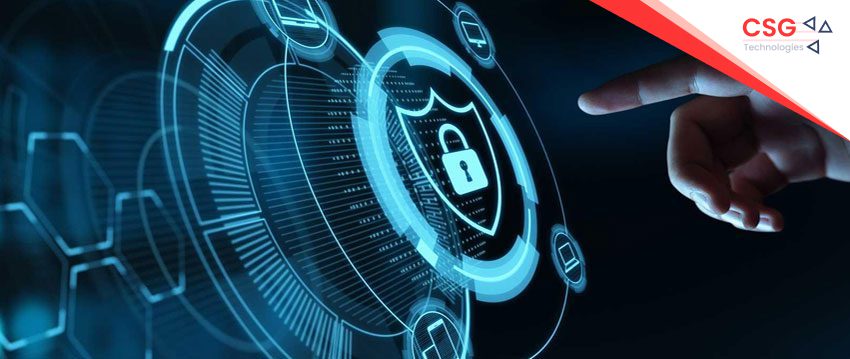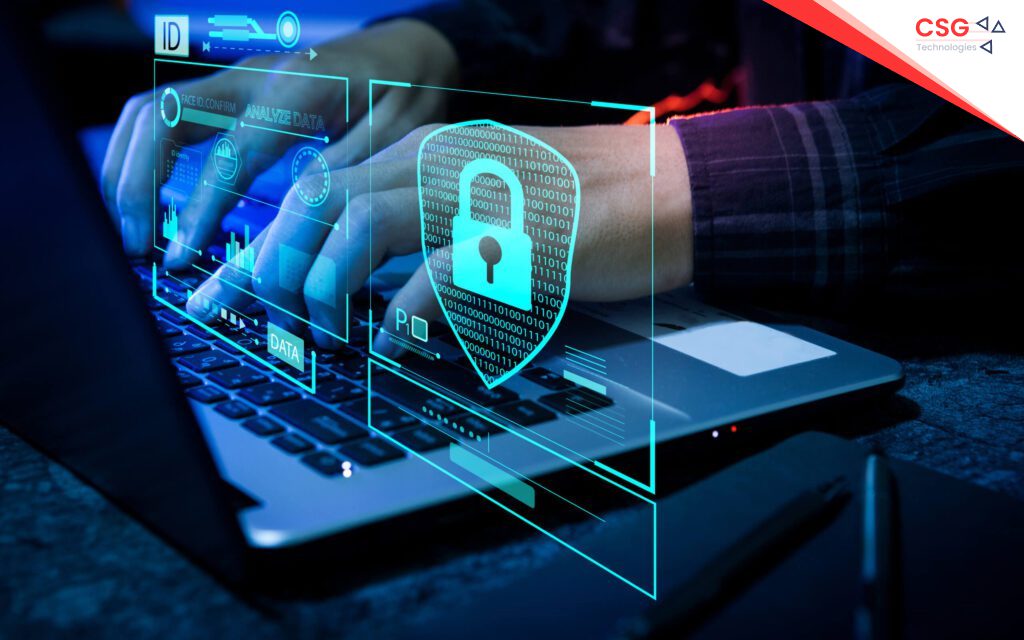
In today’s digital environment, cybercriminals are employing increasingly sophisticated methods, such as ransomware, social engineering, and brute force attacks, to compromise organizational operations and data. Despite advancements in technology that enhance efficiency and innovation, it can also be exploited to access sensitive information and systems.
The threat of cyber-attacks is pervasive. In 2023, two out of every three U.S. organizations experienced ransomware attacks. This isn’t limited to large enterprises; organizations of all sizes are at risk. Companies with 100 to 250 employees faced a similar volume of attacks (62%) as those with more than 3,000 employees (63%). Beyond the immediate costs, including potential ransom payments, the average downtime cost organizations $365,000 per hour in lost revenue, with recovery often taking three weeks—highlighting the devastating impact of these attacks.

FBI’s Stance on Cybersecurity
The FBI emphasizes that cybersecurity breaches are inevitable. It is not a matter of “if” but “how often” an organization will be targeted. This reality highlights the importance of “embracing the breach” and developing cyber-resiliency, which is the ability to recover swiftly from data breaches and attacks.
The Need for Robust Cyber Recovery Plans
While many organizations have business continuity and disaster recovery plans for natural disasters or hardware failures, these plans often fall short in addressing cyber threats. A survey revealed that although 95% of IT decision-makers stated their company had a disaster plan, only 24% reported that their plans were well-documented, tested, and updated. Cyber recovery plans likely fare even worse in these respects.
A truly cyber-resilient organization regularly tests its security plan in a secure, isolated digital environment to ensure data integrity and protection against malware and other threats.
The Challenge of Real-World Recovery
Modern technical infrastructures are complex, often spanning multiple cloud platforms, virtual machines, and physical servers. Remote and hybrid work arrangements add further complexity and vulnerability. Therefore, recovery plans must be constantly tested and updated to remain effective.
Traditional tabletop exercises and stress tests may not uncover hidden gaps or validate data recovery effectively. This is where cleanrooms become essential.
Cleanrooms: The Key to Cyber Resiliency
Cleanrooms provide a secure, isolated environment for data recovery. Historically, building such environments required significant investment in dedicated infrastructure. However, cloud-based cleanroom solutions now offer an accessible alternative for organizations of all sizes. These solutions enable safe and secure data recovery without risking live operations environments.
The Benefits of Advanced Cyber-Resiliency
Organizations with advanced cyber-resiliency not only protect themselves from potential losses but also gain more time and resources to focus on growth and innovation. A well-designed cleanroom dashboard enhances transparency and visibility, allowing teams to identify breaches and initiate recovery processes quickly and efficiently.
As a Managed Service Provider (MSP) specializing in Cloud Services, Managed Services, Cyber Security, Network Management, IT Infrastructure, and High-Performance Wireless Networks, CSG Technologies is uniquely positioned to help your organization build and maintain robust disaster recovery and business continuity plans. Our expertise ensures that your cyber-resiliency strategies are comprehensive, well-documented, and regularly tested. By partnering with CSG Technologies, you can safeguard your operations and data, allowing you to focus on innovation and growth without the constant worry of cyber threats.


